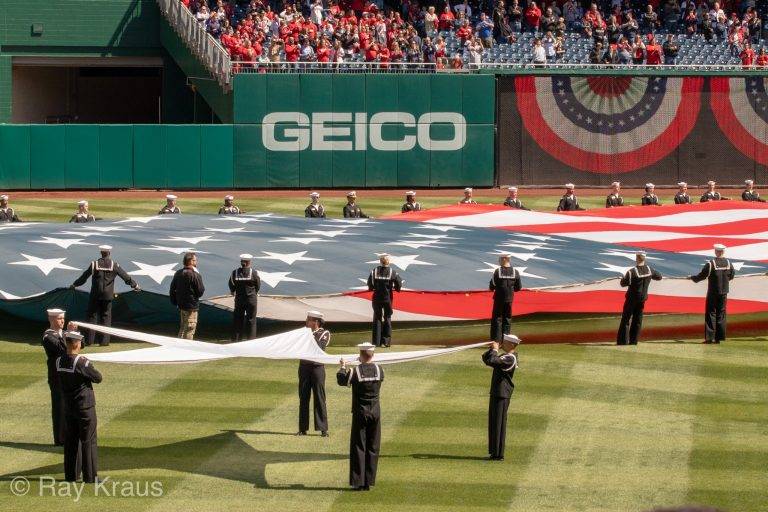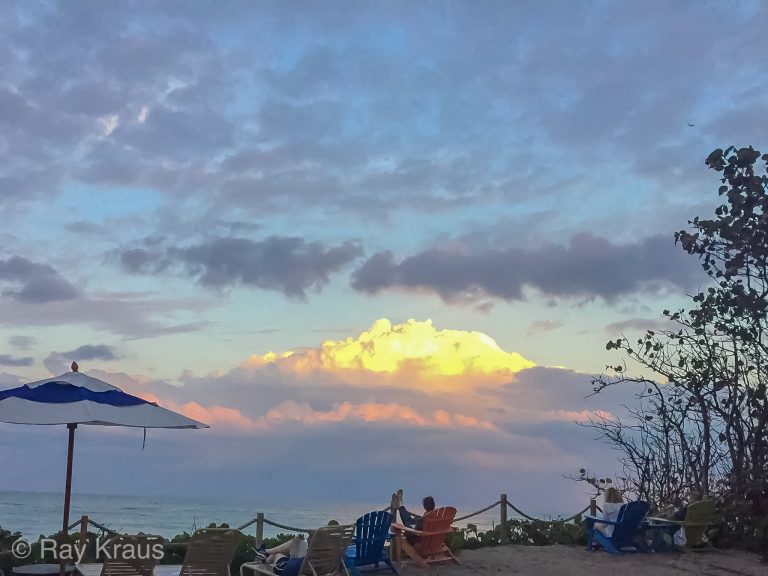Opening Day, The Tale of Two Cities, and The Great Hot Dog Debate
On Thursday, many teams played their first game with 161 more to go. I visited the first stadium of 30 I will see this season. My story recounts the day – the glory of opening day, the National’s odd legacy “The Tale of Two Cities,” and my first installment in the “great hot dog debate”. Yes, I also had visions of the “Swinging Friar.” When designing my travel schedule, I originally didn’t consider going anywhere on Opening Day, but how could I not go? I couldn't say I did it all (baseball-wise) if I didn't go to Opening Day. Then I saw that my Metsies were playing the Nationals in Washington and I like Washington. Most importantly, I knew in November that the Mets opening against the Nationals likely meant a Scherzer vs. DeGrom encounter. That could not be missed! And long after I purchased my ticket I found out my pitching matchup hunch was right. Opening Day - Morning: 5:00 AM Rochester International Airport - TSA Pre Check Line I'm in the security line when I pass a priest (maybe a monk - but in Rochester? Do we have monks?). He's decked out in full regalia (no offense intended) in a full cassock, skull cap, big cross, and rosary beads. I'm only thinking about baseball. Thus, my first thought is: "He must be heading to a San Diego Padre's game dressed like their mascot the “Swinging Friar.” All I have is my Nats hat and my camera. What if he plans to go to all the stadiums dressed like the home team’s mascot? That's more than I'm doing.” 5:15 AM Rochester International Airport, Gate B1 I realize I'm going incognito, I’m a Mets fan in a Nationals cap. I bought the hat last year during a family outing to a Nats game and a weekend in DC. That was when I was trying the slow approach to "collect ballparks." Incognito At the gate I see the usual -- a few Yankee hats but no Mets gear. How do I explain if asked? "Going to Opening Day? Are you a Nats fan?" Do you think they will play the Yankees in the series?” “Actually no, I'm a Mets fan going to DC for the game. I'm wearing the cap because my goal is to get a selfie in the home team’s cap at every major league stadium. I have a blog, and I’m raising money for youth baseball.” 7:00 AM Delta Sky Club LaGuardia Terminal C I’m eating the standard hard-boiled eggs and bagel surrounded by business people and vacationers. The business people are talking on phones and pounding keys on their laptops. I used to do that - might do so again. Today I don't miss it and wonder how many of them want to join me at the ball game instead of doing business. 11:30 AM Outside Nationals Park I can't do it. My misgivings started when I saw all the fans at the L'Enfant Plaza metro station.…










